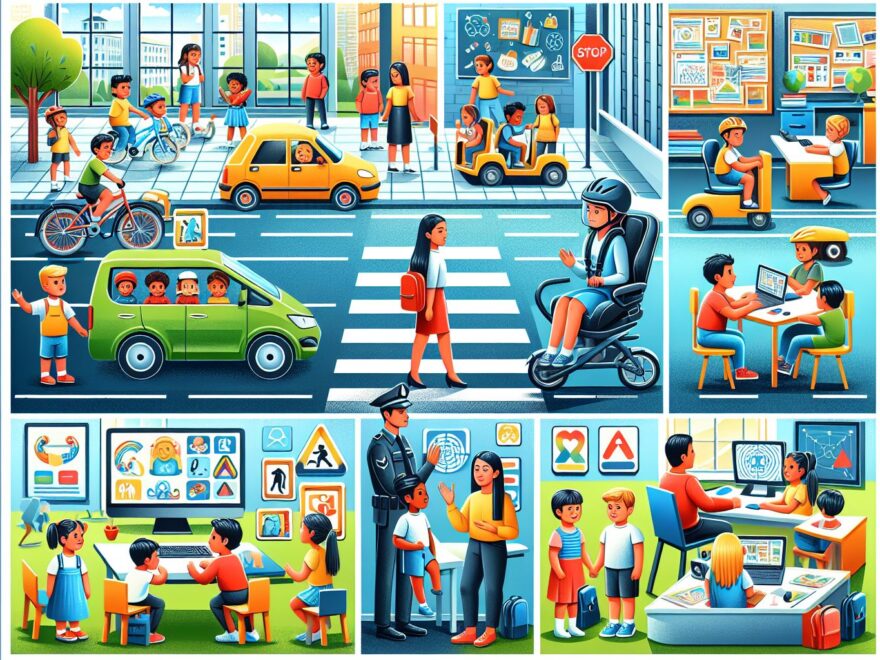As the intricacies of the world we live in become more complex, the topic of child safety has catapulted to the forefront of parental concerns. Today’s guardians are tasked with safeguarding their children in multifaceted environments—be it on playgrounds, at school, or within the digital realm. The rise in smart device usage, coupled with the ever-present dangers lurking in our physical spaces, has thrown child safety into uncharted territory, necessitating updated strategies and heightened awareness.
 The Evolving Landscape of Child Safety
The Evolving Landscape of Child Safety
In an age where headlines frequently report incidents of cyberbullying, online predators, and playground accidents, it’s clear that keeping children safe is an evolving challenge. Parents and caretakers are increasingly vigilant, recognizing that with each new development in technology and changes in social norms, novel approaches to child safety must be embraced.
The Online Battleground
The virtual world is often an extension of the playground—a space for interaction and learning. However, its accessibility affords anonymity that can jeopardize child safety. Mitigating risks involves navigating privacy settings, understanding online platforms that children frequent, and teaching them about the nature of sharing personal information.
Case Study: Securing Virtual Playgrounds
Consider the story of 10-year-old Emily, whose interactions on a popular kids’ gaming platform raised alarms when she mentioned a new “friend” who was asking for personal details. Her parents’ prompt intervention, involving open communication and revising privacy controls, ensured her continuation on the platform was both safe and enjoyable.
Physical Safety: An Ongoing Quest
Real-world environments come with their own set of hazards. From schoolyards to public spaces, ensuring child safety means assessing and addressing these potential risks constantly.
Case Study: The Community Park Makeover
In a small community, a dilapidated park posed a risk to children with its outdated equipment and lack of supervision. Local parents rallied together, advocating for renovated structures and implementing a neighborhood watch during peak play hours. The transformation not only reduced injury rates but also fostered a safer, more connected community.
Empowering the Protectors
Equipping children with the knowledge and tools to protect themselves is crucial, but so is empowering the adults who watch over them. This involves staying educated on current trends, openly discussing safety with children, and participating in community efforts to safeguard collective spaces.
Empowerment in Action
Adults like Maria, a school counselor, organize workshops for parents and children to discuss internet safety, and serve as a reminder that education is power when it comes to preventing digital exploitation. Initiatives like these bridge the gap between adults’ concerns and children’s understanding, fostering a culture of shared responsibility for safety.
The Universal Mandate for Child Safety
As we continue to navigate the intricate maze of modern child safety, it is evident that this responsibility transcends individual efforts. It is a collective commitment—from educators, policymakers, technology creators, and community members—to ensure that every environment a child navigates is as safe as it can be.
In the grand tapestry of childhood, every thread of experience—from online interactions to playground escapades—informs the pattern of their growth. Our diligence in protecting these threads guarantees not only their safety but also the vibrant and resilient fabric of society they will one day shape.
Child safety is a journey that we undertake together, and only by pooling our insights, strengths, and vigilance can we hope to craft a world that is worthy of our children’s boundless potential. Let us continue to be unyielding guardians of innocence and fierce champions of the safe spaces they so richly deserve.

